Eco-Friendly Trekking Practices in Nepal
Nepal, home to the majestic Himalayas, attracts trekkers from around the world who are eager to experience the stunning landscapes, rich cultures, and unique wildlife that the country has to offer. Trekking in Nepal is an adventure of a lifetime, but it is also essential to remember the importance of preserving the environment for future generations. As the popularity of trekking grows, the environmental impact on Nepal’s trekking routes is becoming a growing concern. The pristine beauty of Nepal's mountains, forests, and villages needs to be protected, and it’s up to trekkers to adopt eco-friendly practices to help minimize the impact of tourism on this fragile ecosystem.
In this blog, we’ll explore some key eco-friendly trekking practices that can help make your trek in Nepal more sustainable and responsible. By adopting these practices, you’ll not only contribute to preserving the natural beauty of Nepal but also support local communities and help ensure that future generations can enjoy the same awe-inspiring experiences you had.
1. Pack Light and Minimize Waste
One of the easiest ways to reduce your environmental impact while trekking is to pack light and avoid excess waste. Trekking with a heavy pack can lead to unnecessary strain on your body, but it also increases the number of supplies you’ll use and dispose of. Try to pack only what’s necessary, and be mindful of the items you bring.
-
Tips:
-
Use reusable water bottles instead of single-use plastic bottles. Carry a water purification system (such as a filter or purification tablets) so you can refill from local sources.
-
Avoid disposable items like plastic cutlery, napkins, and wrappers. Opt for biodegradable items or reusable alternatives.
-
Make use of eco-friendly trekking gear, such as clothing made from sustainable materials, and eco-friendly toiletries like biodegradable soap.
-
When it comes to packaging, choose products with minimal packaging or reusable containers. For instance, bring refillable toiletries rather than single-use bottles. You’ll be able to enjoy your trek without contributing to the plastic waste problem that plagues many trekking routes in Nepal.
2. Dispose of Trash Properly
Trash management is one of the most significant environmental issues faced by Nepal’s trekking routes. Many trekkers unknowingly contribute to the growing waste crisis by leaving behind their plastic wrappers, food containers, or other discarded items. With limited waste management infrastructure in remote areas, it’s essential to take responsibility for your own trash and dispose of it properly.
-
Tips:
-
Carry a small trash bag to pack out any waste you generate while trekking.
-
Don’t leave any trash on the trail. If you see litter along the path, pick it up and carry it out with you.
-
Stick to established campsites and lodges that adhere to eco-friendly practices and avoid creating new waste piles along the trail.
-
If you’re trekking in regions like Everest or Annapurna, where there’s a "bring it in, take it out" policy, make sure to carry back everything you bring, including used toilet paper, food wrappers, and hygiene products.
-
Taking care of your trash not only keeps the trekking routes clean but also protects the health of the communities living along the trails. Many trekking agencies, like Hilly Chilly, promote waste management practices and encourage trekkers to follow responsible trekking behavior.
3. Support Local and Sustainable Businesses
One of the best ways to have a positive impact on Nepal’s environment is to support local businesses that are committed to sustainability. Local tea houses, guides, and porters can significantly benefit from eco-conscious trekkers who spend their money in responsible and community-driven ways. By choosing to stay at eco-friendly tea houses, trekkers can ensure that their trek contributes to the local economy while minimizing their environmental footprint.
-
Tips:
-
Choose eco-lodges and tea houses that use renewable energy (solar, hydropower) and practice waste reduction, such as composting and recycling.
-
Support businesses that source locally-produced food and goods, reducing the environmental costs associated with transportation.
-
Hire local guides and porters to help reduce your carbon footprint and provide employment opportunities for local communities.
-
Choose trekking companies that are committed to environmental sustainability, such as Hilly Chilly, which promotes responsible trekking practices and encourages eco-conscious decisions throughout the trek.
-
By supporting these businesses, you not only help preserve the environment but also empower local communities, providing them with the resources they need to maintain a sustainable way of life.
4. Respect Wildlife and Natural Habitats
Nepal is home to a variety of unique wildlife species, including endangered animals such as the snow leopard, red panda, and Himalayan tahr. As you trek through the stunning landscapes of Nepal, it’s essential to respect the wildlife and the natural habitats that support them. Avoid disturbing wildlife, and do not feed animals, as this can disrupt their natural behaviors and lead to dependence on humans.
-
Tips:
-
Stick to established trails to minimize your impact on natural habitats. Avoid creating new paths or trampling over sensitive plant life.
-
Don’t engage with or feed wildlife. While animals may seem friendly, human food is harmful to their health and can alter their behavior.
-
Follow the "leave no trace" principle. Leave the environment just as you found it, ensuring that no plant or animal life is disturbed.
-
By maintaining a respectful distance from wildlife and avoiding any actions that might disrupt their habitat, you help maintain the delicate balance of Nepal’s ecosystems.
5. Reduce Carbon Footprint
Nepal’s trekking routes are a major source of carbon emissions due to the high number of trekkers who rely on air travel to reach the country. Reducing your carbon footprint while trekking in Nepal is important in order to minimize the environmental impact. While it's difficult to eliminate all carbon emissions, there are several steps you can take to reduce your footprint during your trek.
-
Tips:
-
Consider taking a bus or a shared jeep instead of flying from Kathmandu to the trekking start point (if applicable), as ground transportation produces fewer emissions.
-
Choose trekking companies that prioritize eco-friendly practices, such as using low-emission vehicles for transportation.
-
Offset your carbon footprint by supporting organizations that invest in environmental conservation projects, such as reforestation or renewable energy projects in Nepal.
-
Even small changes, like reducing the number of flights or choosing eco-friendly transport options, can help reduce your overall carbon footprint while trekking in Nepal.
6. Practice Responsible Trekking Behavior
Trekking is a privilege, and it’s important to remember that the land you’re walking on is sacred to the people of Nepal. Be respectful of the natural surroundings and local customs to ensure a positive experience for both trekkers and the communities you visit.
-
Tips:
-
Be respectful of local culture and customs. Ask for permission before taking photos of locals or their homes, and always ask before entering religious sites.
-
Keep noise levels to a minimum and avoid disturbing the peace of the natural surroundings. The Himalayas are known for their serenity, and maintaining this calm is an important part of respecting the environment.
-
Follow the instructions provided by your guides and local communities, particularly when it comes to eco-friendly practices.
-
By practicing responsible trekking behavior, you contribute to a respectful and sustainable relationship with the people and environment of Nepal.
Conclusion
Eco-friendly trekking practices are essential for preserving the natural beauty of Nepal’s trekking routes for future generations to enjoy. By packing light, minimizing waste, supporting local businesses, respecting wildlife, reducing your carbon footprint, and practicing responsible behavior, you can ensure that your trek has a minimal impact on the environment.
As a trekking company that cares about sustainable tourism, Hilly Chilly encourages all trekkers to adopt eco-friendly practices and promote responsible tourism in Nepal. By making small, conscious decisions, you can help protect the environment, support local communities, and enjoy a trekking experience that’s as sustainable as it is unforgettable.
Happy trekking, and may your adventures in the Himalayas inspire you to become a steward of the earth!

Nepal, home to the majestic Himalayas, attracts trekkers from around the world who are eager to experience the stunning landscapes, rich cultures, and unique wildlife that the country has to offer
Hilly Chilly


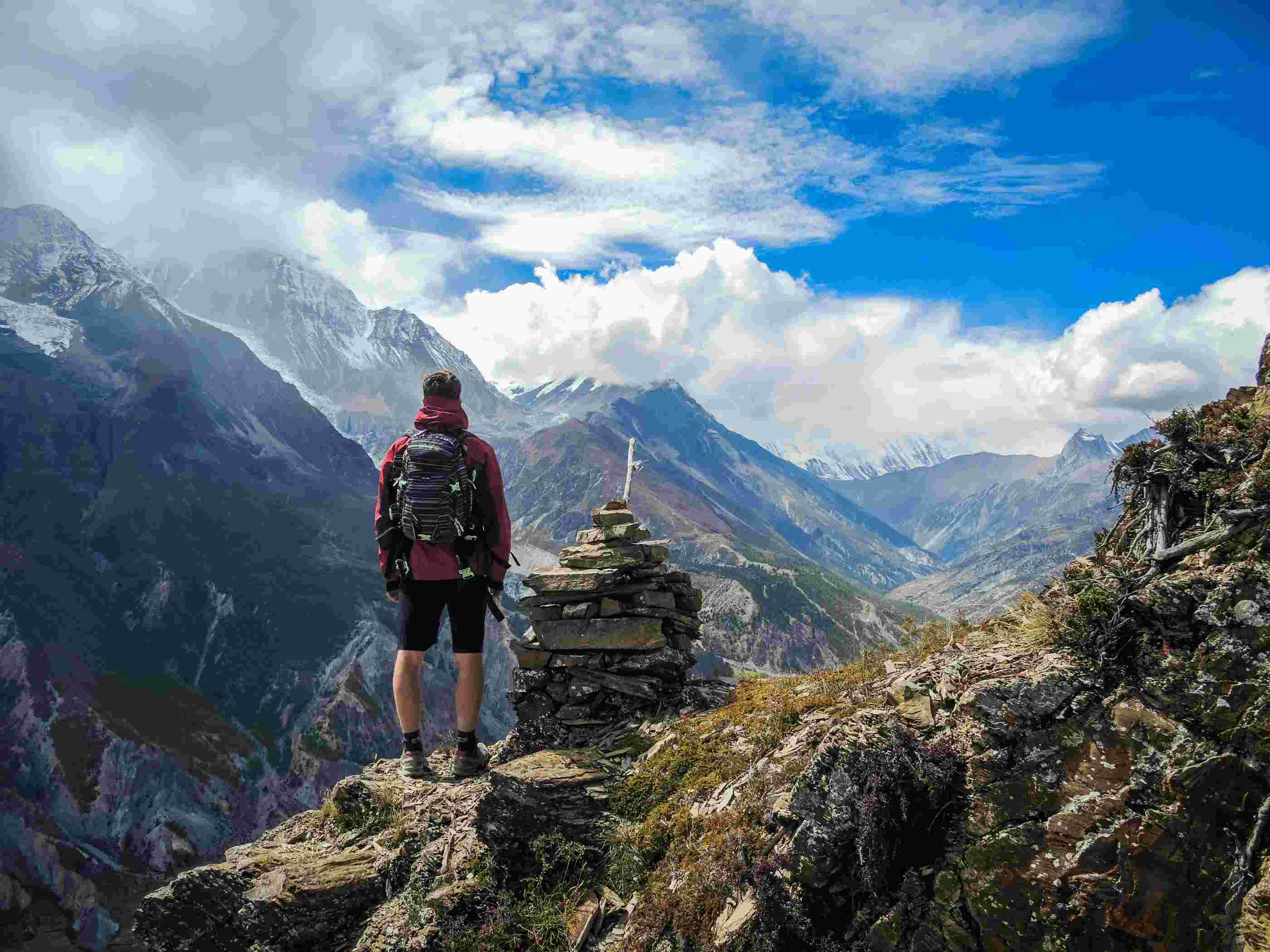
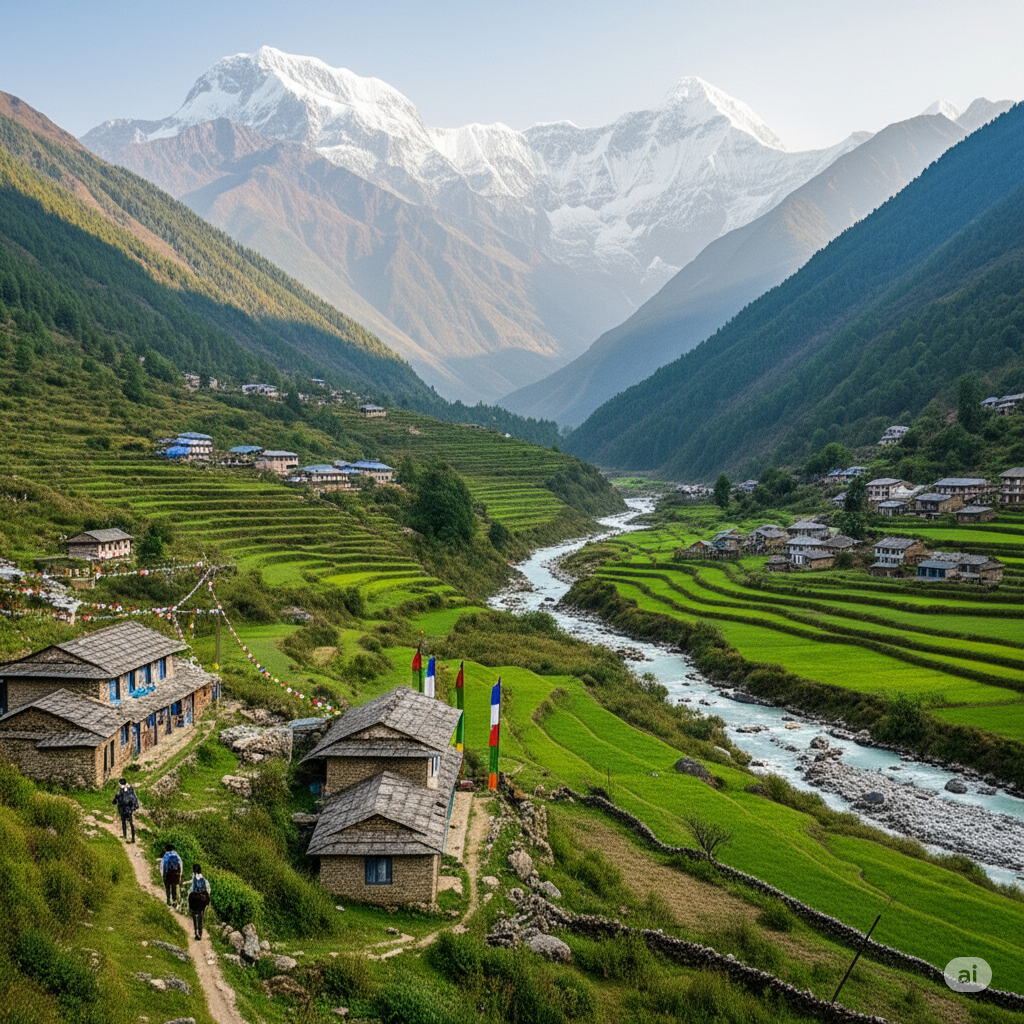

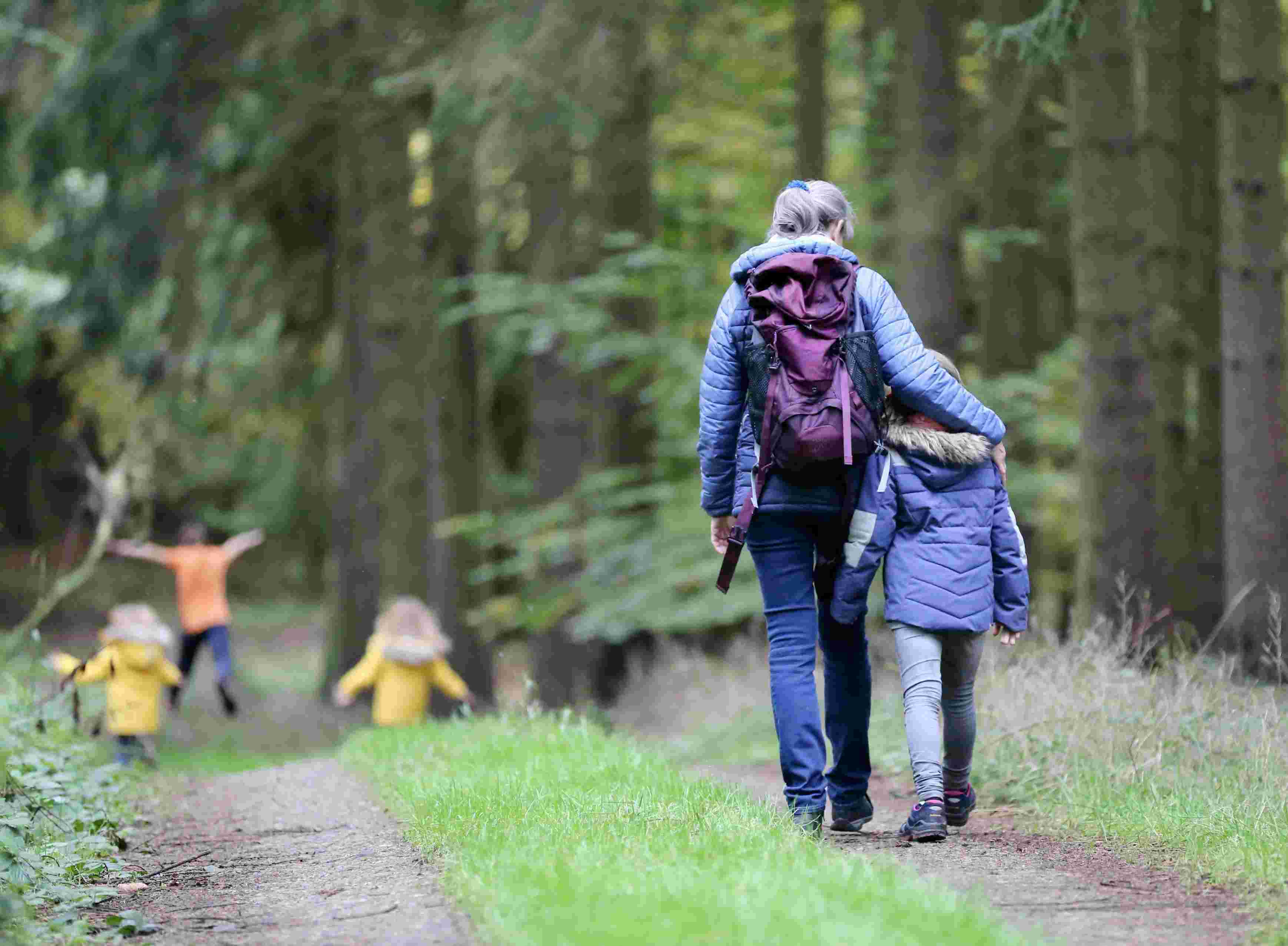


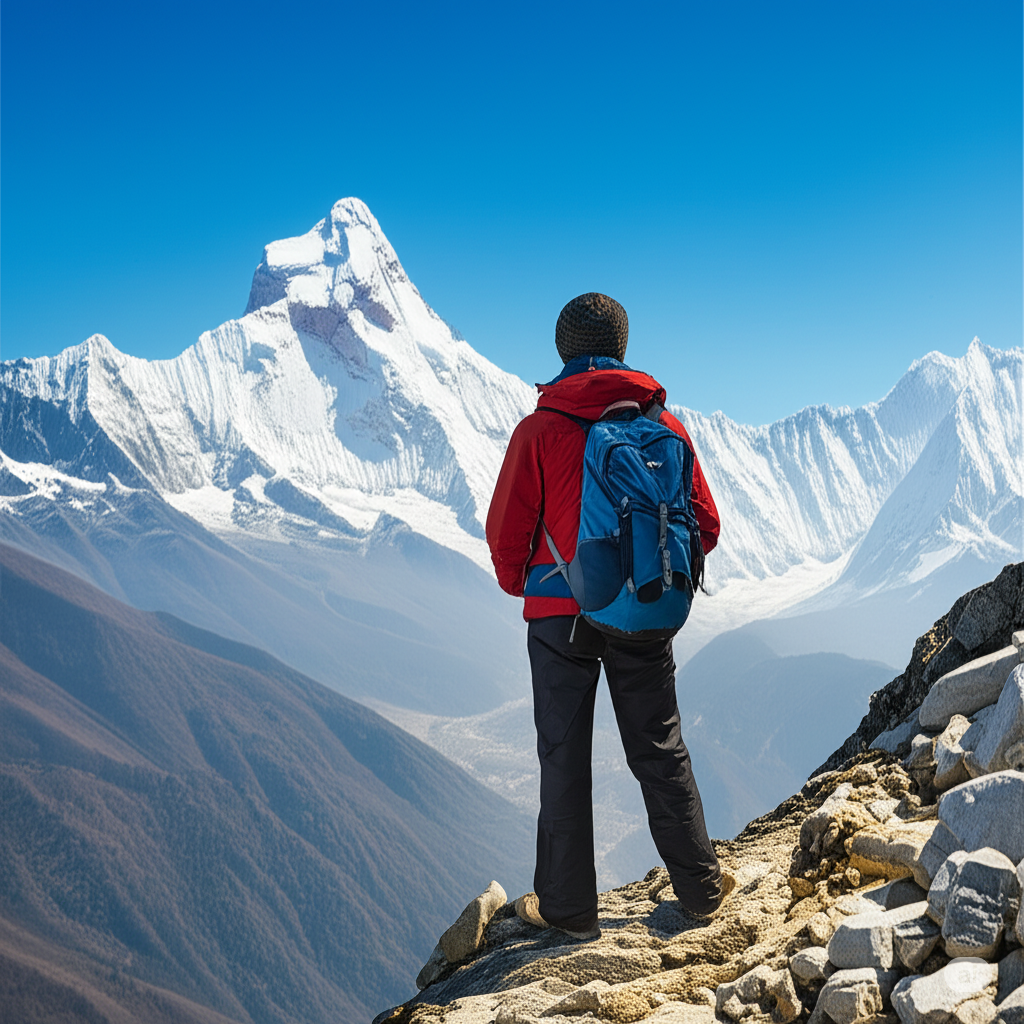

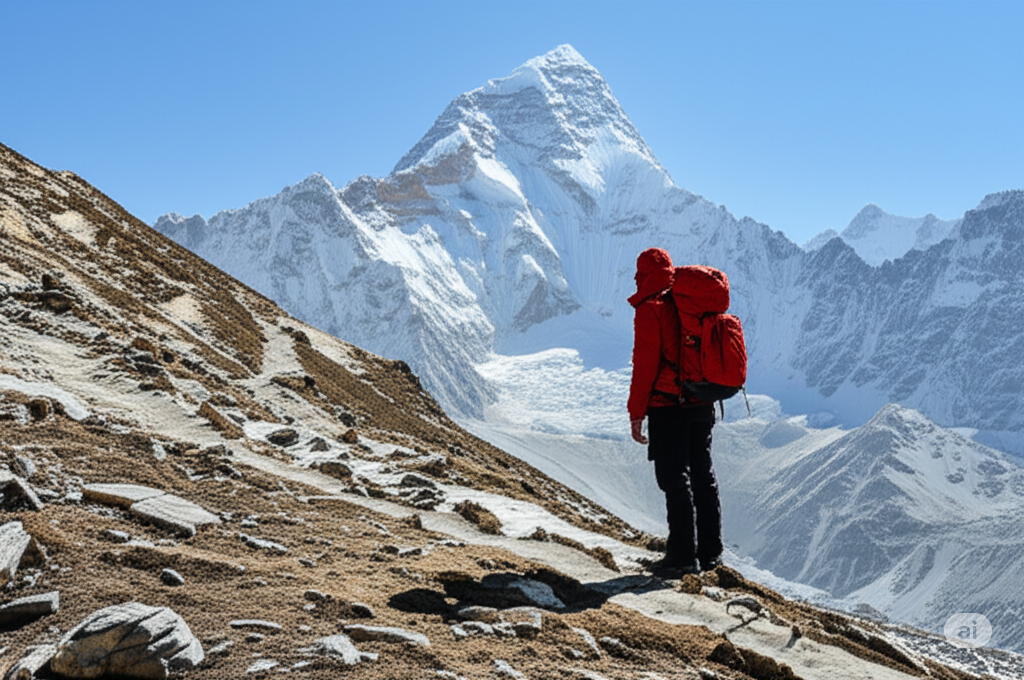
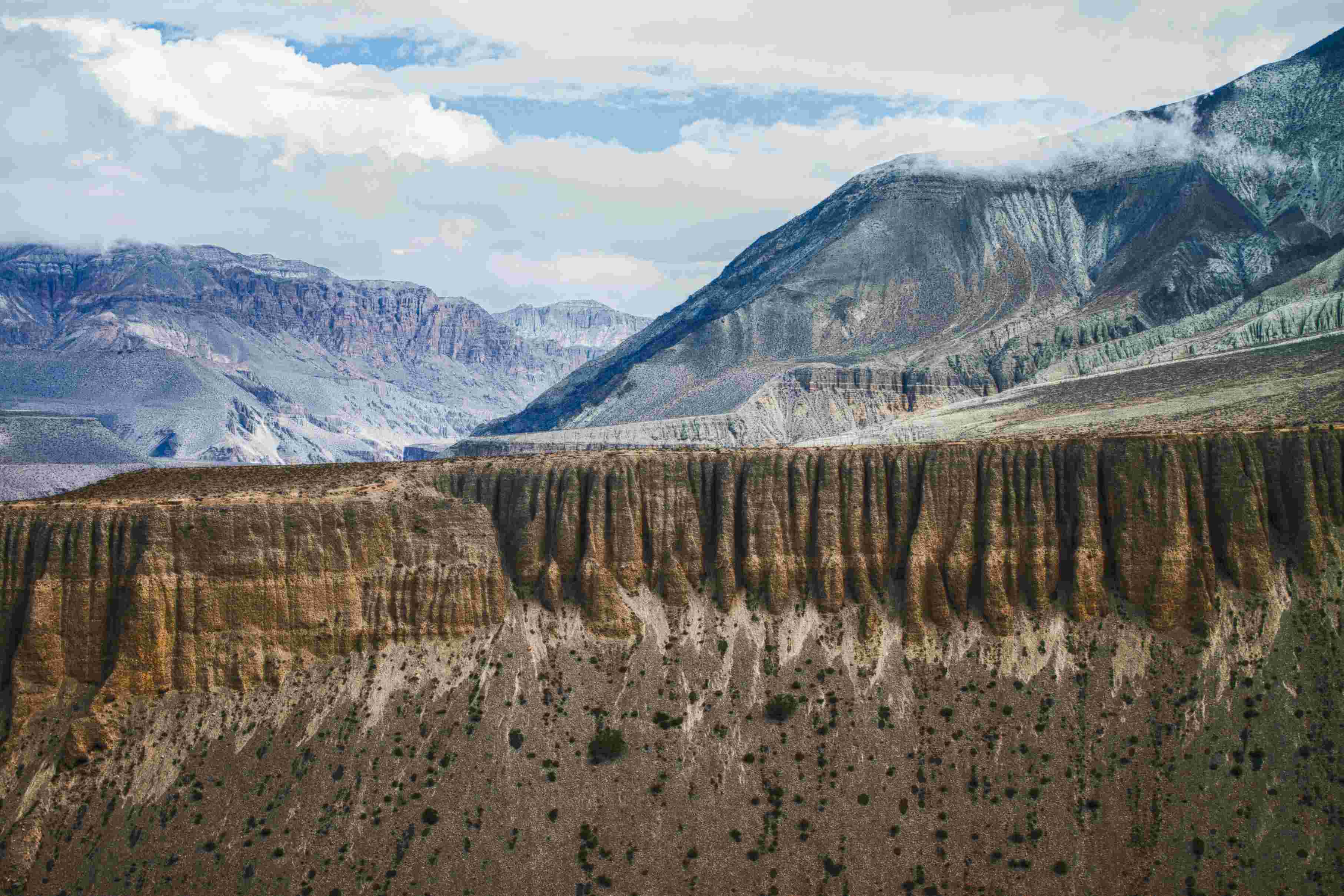
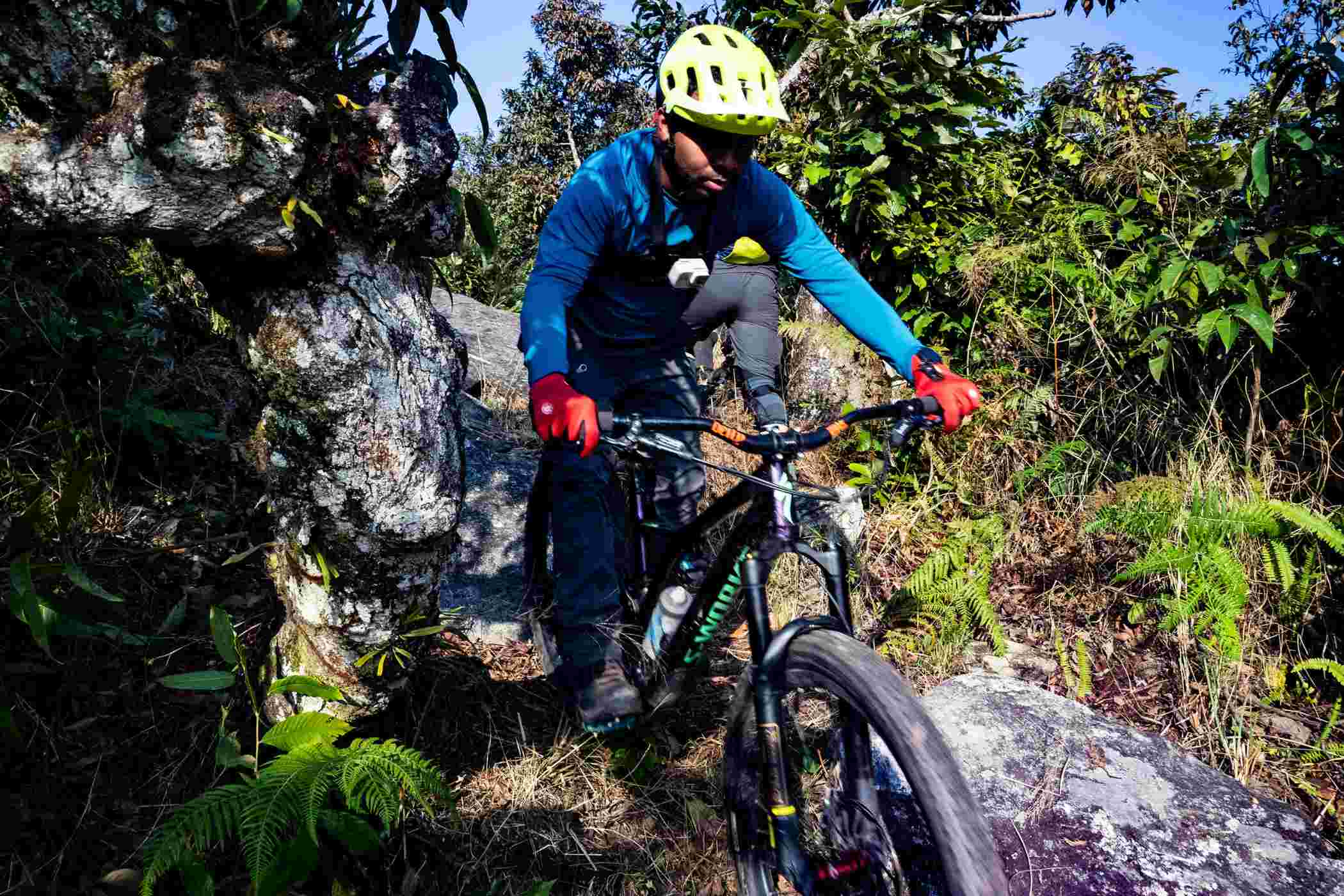


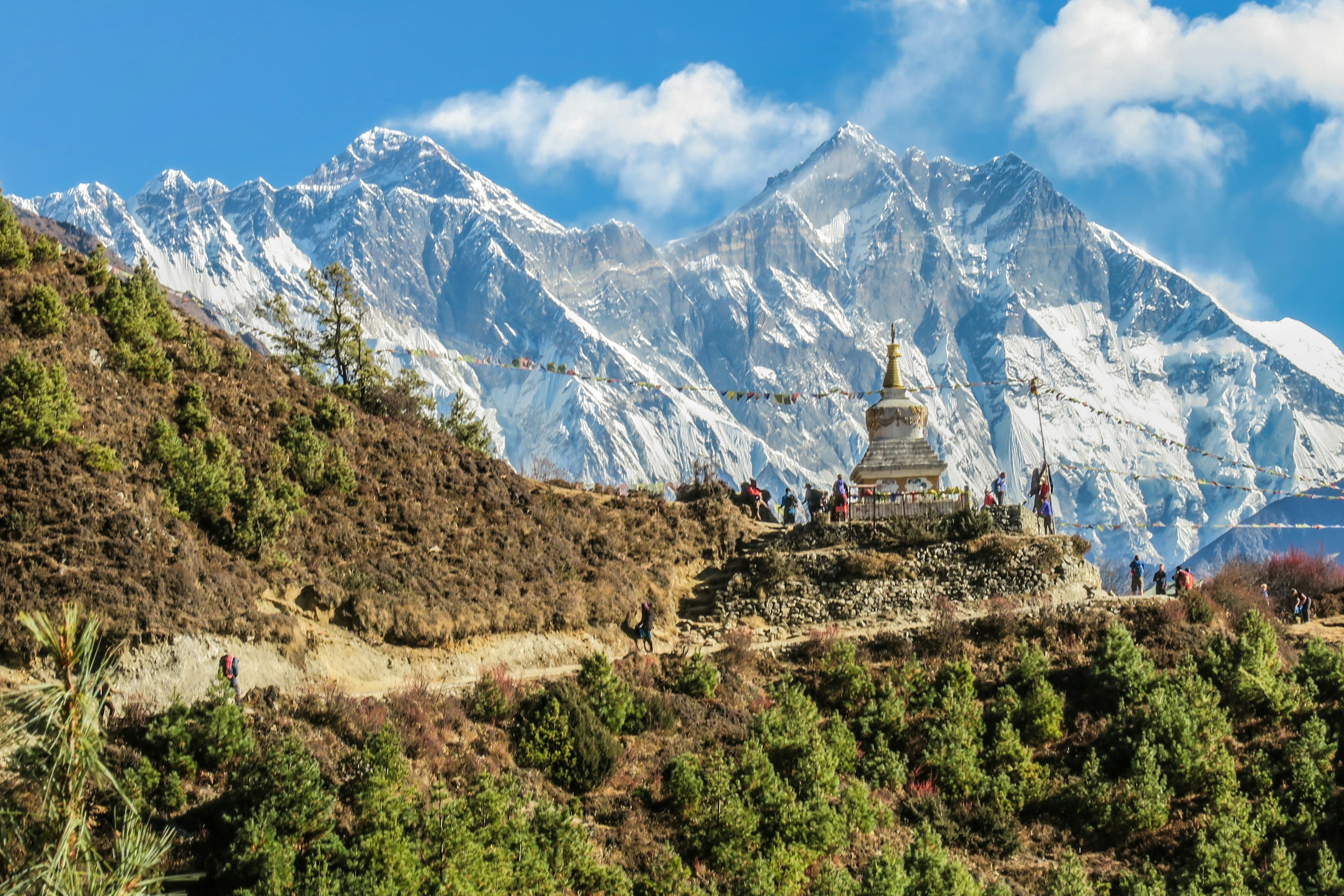
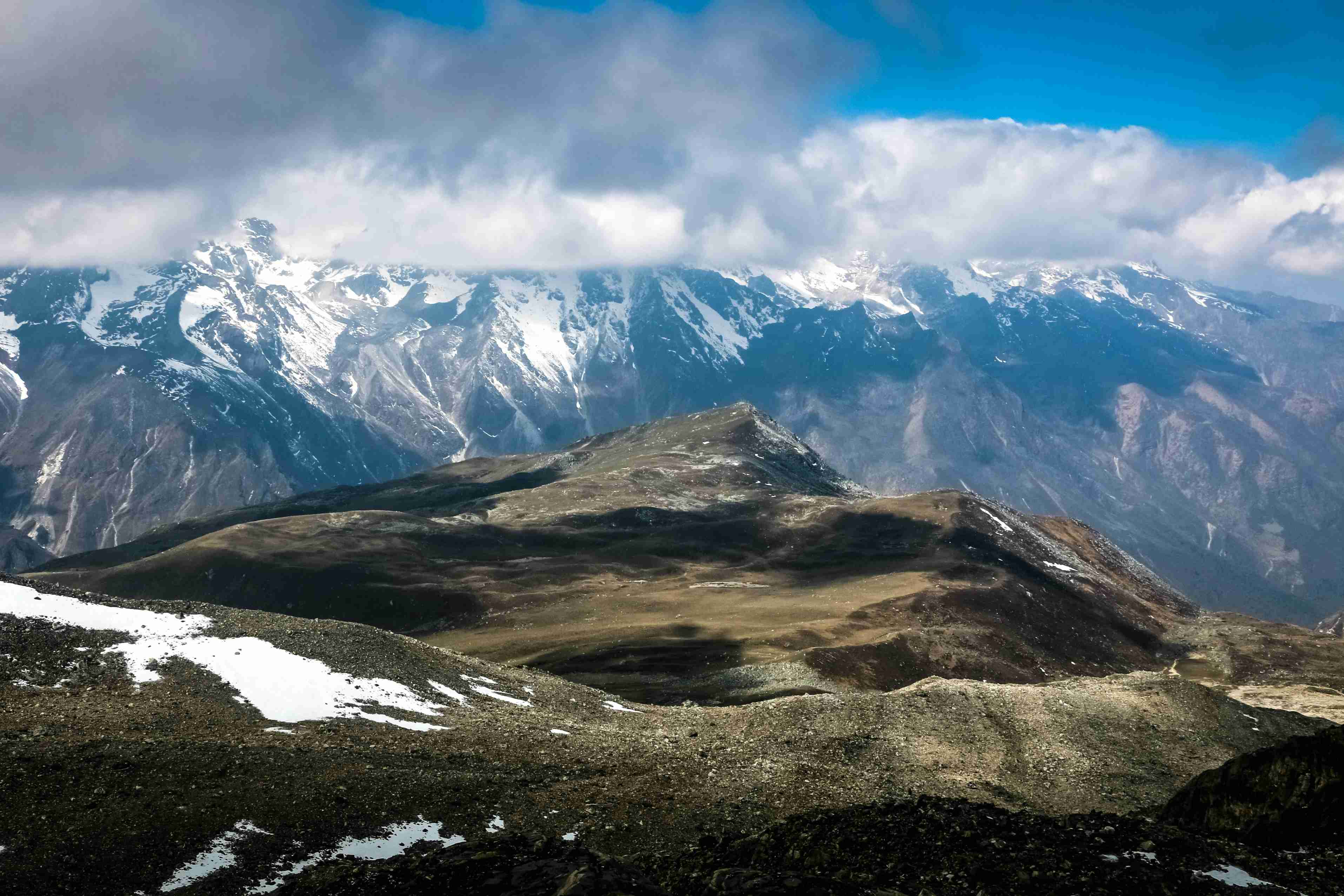
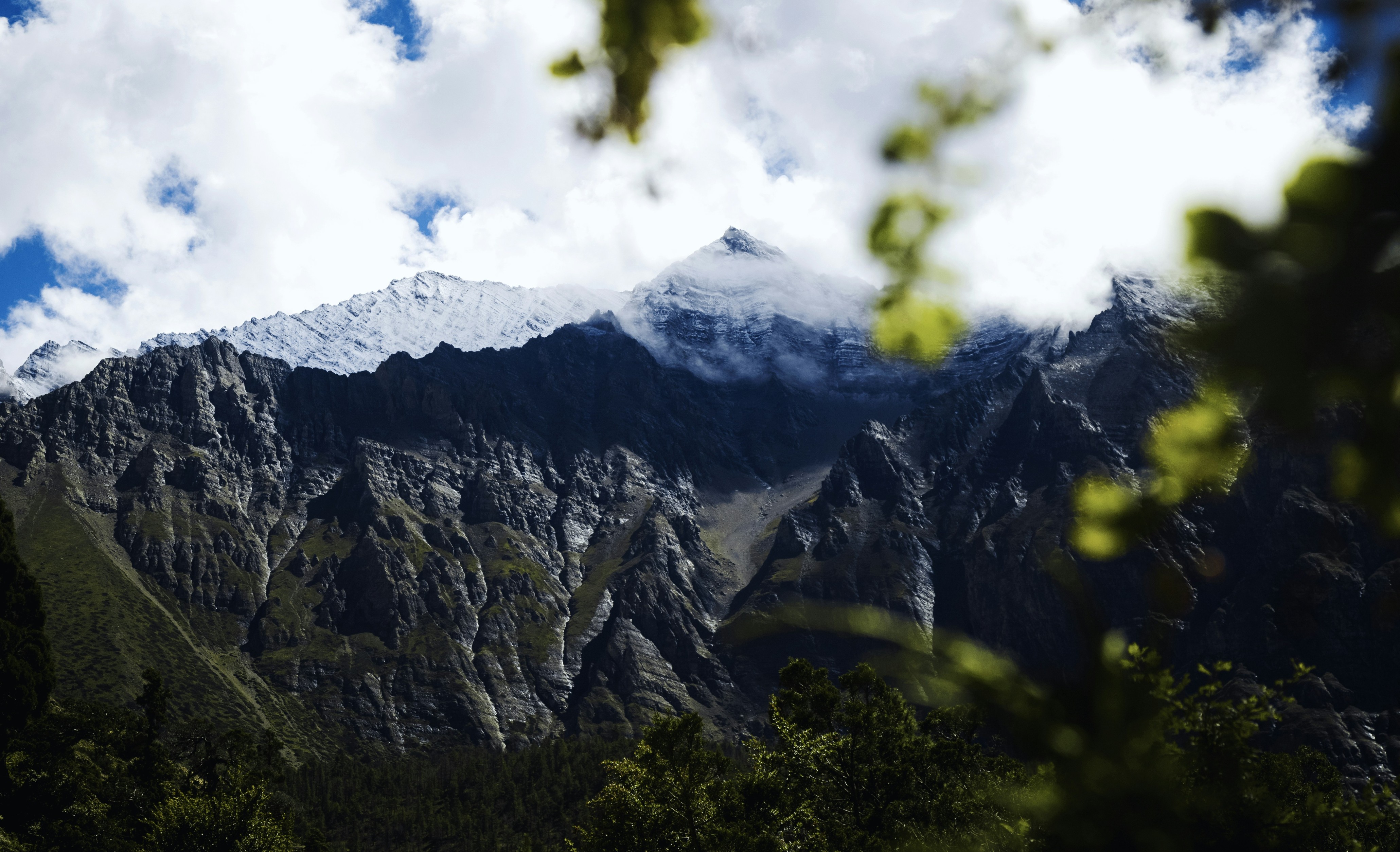
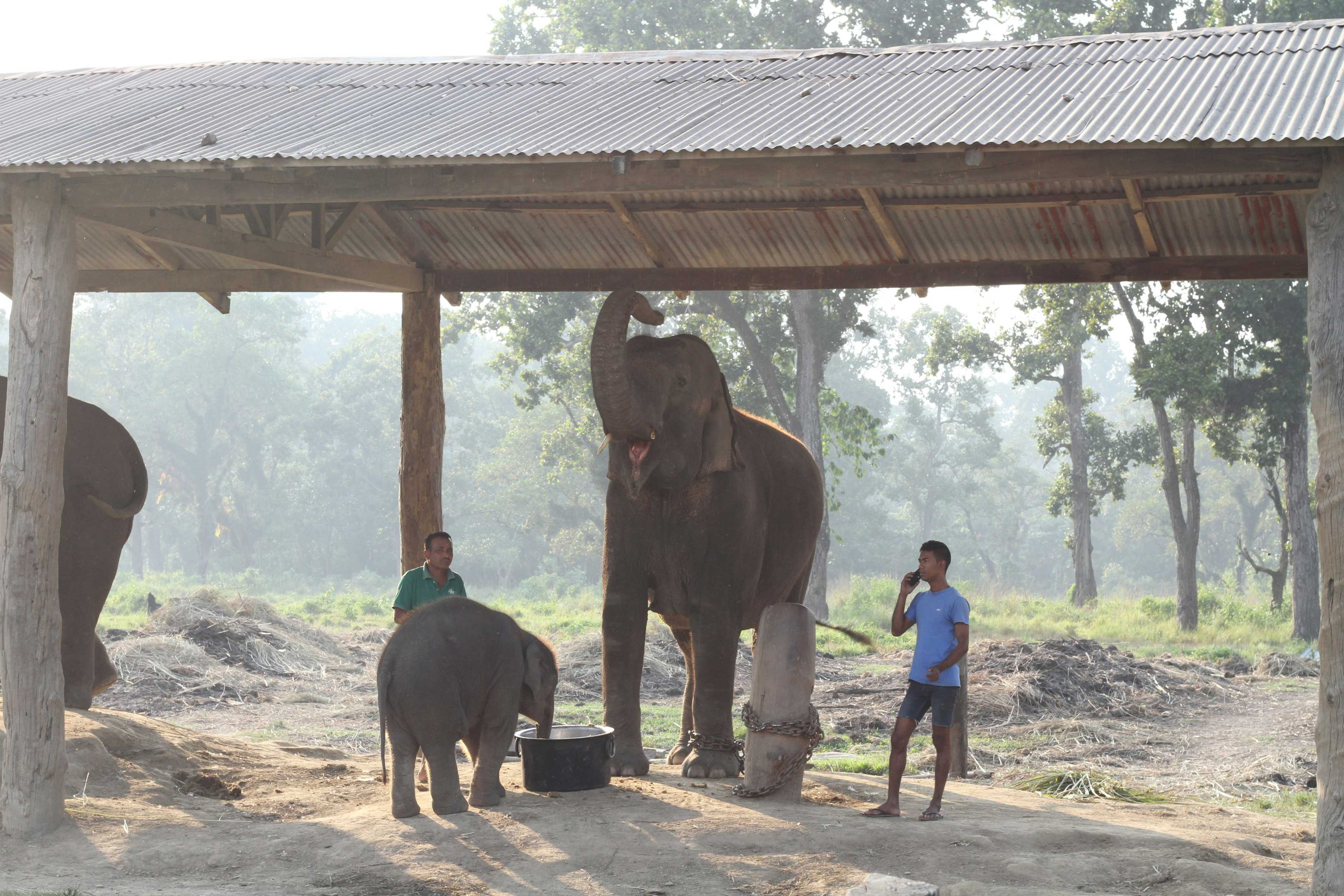
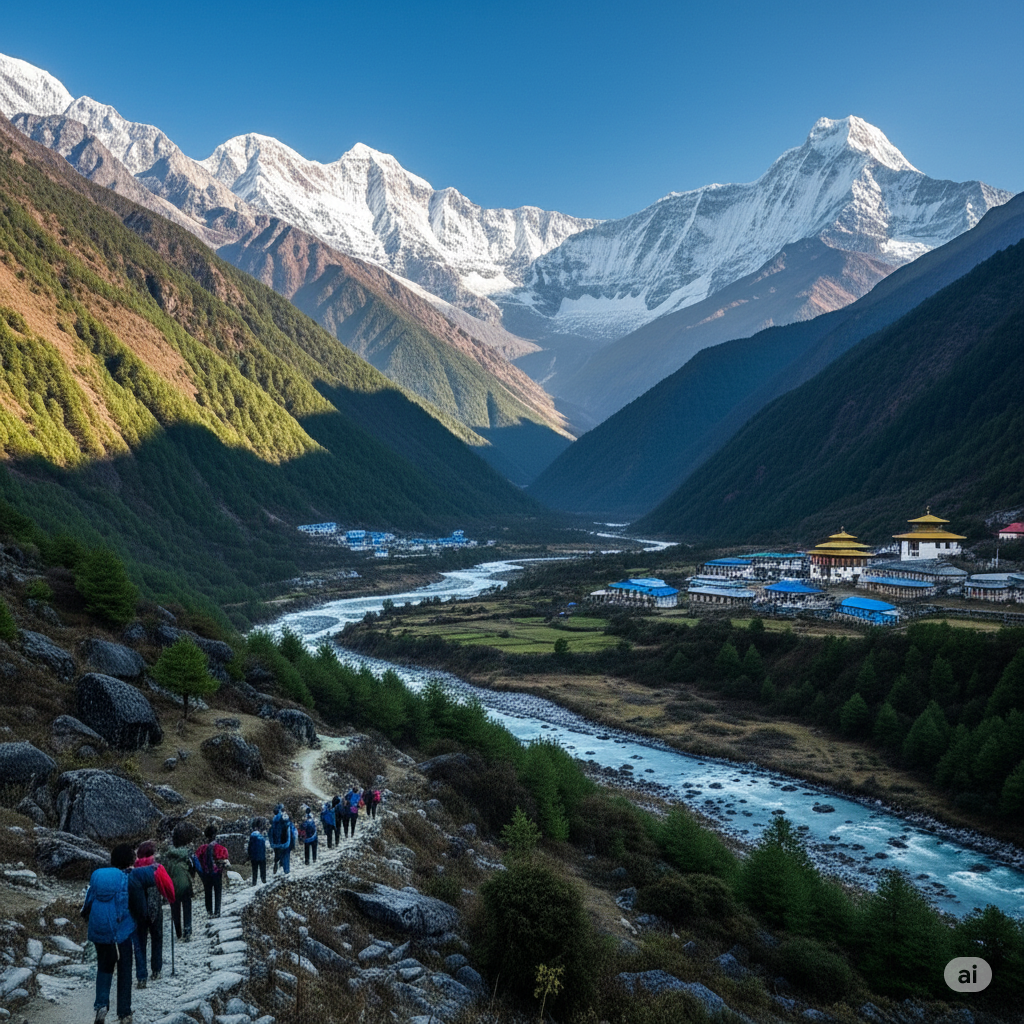
Comments
LOGIN TO POST COMMENT